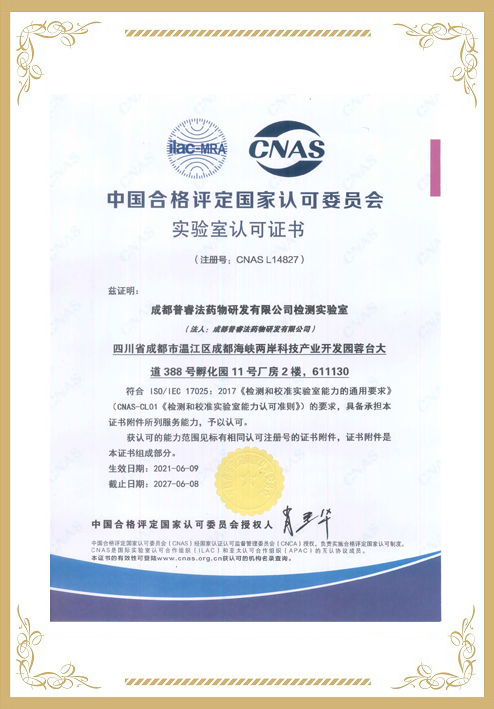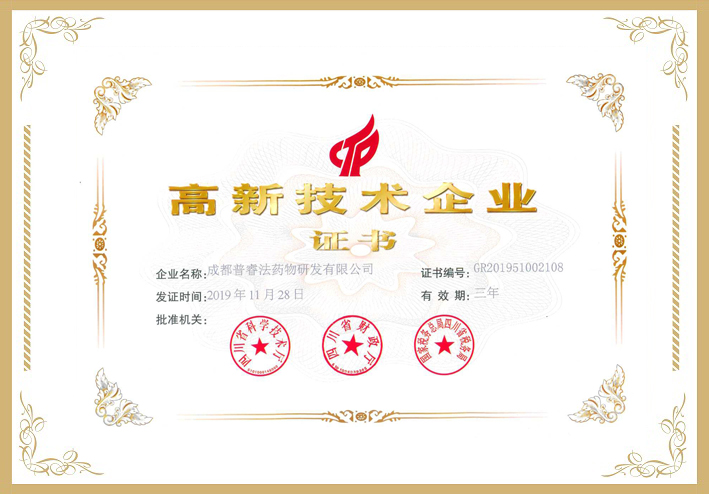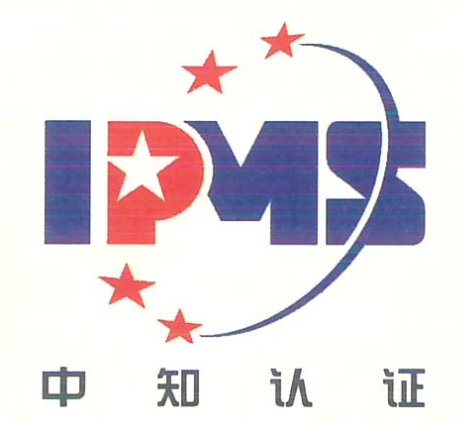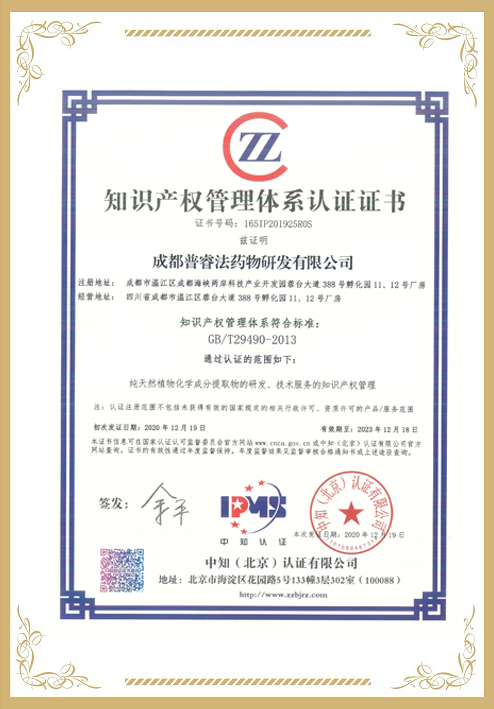Procyanidins, which are oligomerized flavan-3-ols with a polyphenolic structure, are bioactive substances that exhibit various biological effects. However, the relationship between the degree of polymerization (DP) of procyanidins and their bioactivities remains largely unknown. In this study, the preventive effects of procyanidins with different DP (EC, PB2 and PC1) on glucose improvement and liver lipid deposition were investigated using a high-fat diet/streptozotocin-induced diabetes mouse model. The results demonstrated that all the procyanidins with different DP effectively reduced fasting blood glucose and glucose/insulin tolerance, decreased the lipid profile (total cholesterol, triglyceride, and low-density lipoprotein cholesterol content) in serum and liver tissue as well as the liver oil red staining, indicating the improvement of glucose metabolism, insulin sensitivity and hepatic lipid deposition in diabetic mice. Furthermore, the procyanidins down-regulated expression of glucose regulated 78-kDa protein (GRP78) and C/EBP homologous protein (CHOP), indicating a regulation role of endoplasmic reticulum (ER) stress. The inhibition of ER stress by tauroursodeoxycholic acid (TUDCA) treatment abolished the effects of procyanidins with different DP in PA-induced HepG2 cells, confirming that procyanidins alleviate liver hyperlipidemia through the modulation of ER stress. Molecular docking results showed that EC and PB2 could better bind GRP78 and CHOP. Collectively, our study reveals that the structure of procyanidins, particularly DP, is not directly correlated with the improvement of blood glucose and lipid deposition, while highlighting the important role of ER stress in the bioactivities of procyanidins.























